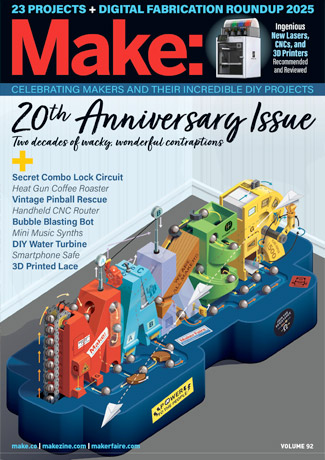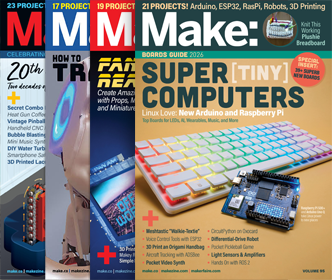
Since the start of the space era, just 536 people have been to space itself. The journey and experience continue to captivate millions nonetheless, and the new book What It’s Like in Space: Stories From Astronauts Who Have Been There by Ariel Waldman highlights some of the most interesting — and often bizarre — stories they’ve collected.
Published by Chronicle Books and coupled with wonderful illustrations by Brian Standeford, the book is full of “ah!” moments, and hard to stop reading. Waldman is the founder of Spacehack.org, “a directory of ways to participate in space exploration,” and the global director of Science Hack Day (those coming to Maker Faire Bay Area today can also catch her presenting live on stage.) We chatted with her about how she developed her love of outer space and what went into producing the book.

How’d you get interested in space?

What led you to make this book?

Looks like you spoke with 11 astronauts, right?
I personally interviewed a dozen astronauts (one didn’t want to be named) and researched historical and modern interviews with many more astronauts.
Any stories you left out?
There are a lot of stories out there, so I definitely don’t have them all in there! But I specifically hand-picked stories that were more anecdotal in nature than just purely “did you know” facts. These are the stories that astronauts might tell you over a cup of coffee rather than an educational video.
What’s next?
The feedback to the book so far has been fantastic. It’s really rare to have a book that both children and adults like equally, and that’s exactly what this book has become, which is great because I didn’t create it with any specific age group in mind! Perhaps with time as more people begin to go to space it’ll become more of a guidebook for new space travelers than a coffee table book! For me, I always have a lot of up and coming projects – hopefully a TV show, trying to travel to Antarctica to image microbial life under the ice, and continuing my ongoing efforts to make “massively multiplayer science” by instigating multidisciplinary collaborations that spark clever creations for science and space exploration.
ADVERTISEMENT






